9 Types of Wood Siding: Which Is Best for You?
From traditional clapboard to farmhouse-friendly shiplap, there’s wood siding for every style


Though lower-maintenance siding options like vinyl have risen in popularity over the years, it’s hard to replicate the natural charm of wood. Thanks to its automatic curb appeal, wood siding will always be classic. But there's a lot more out there than basic clapboard (even if that’s a solid go-to).
So, if you’re ready to settle the debate between wood vs. vinyl siding once and for all and find the best wood siding for your home, keep reading.
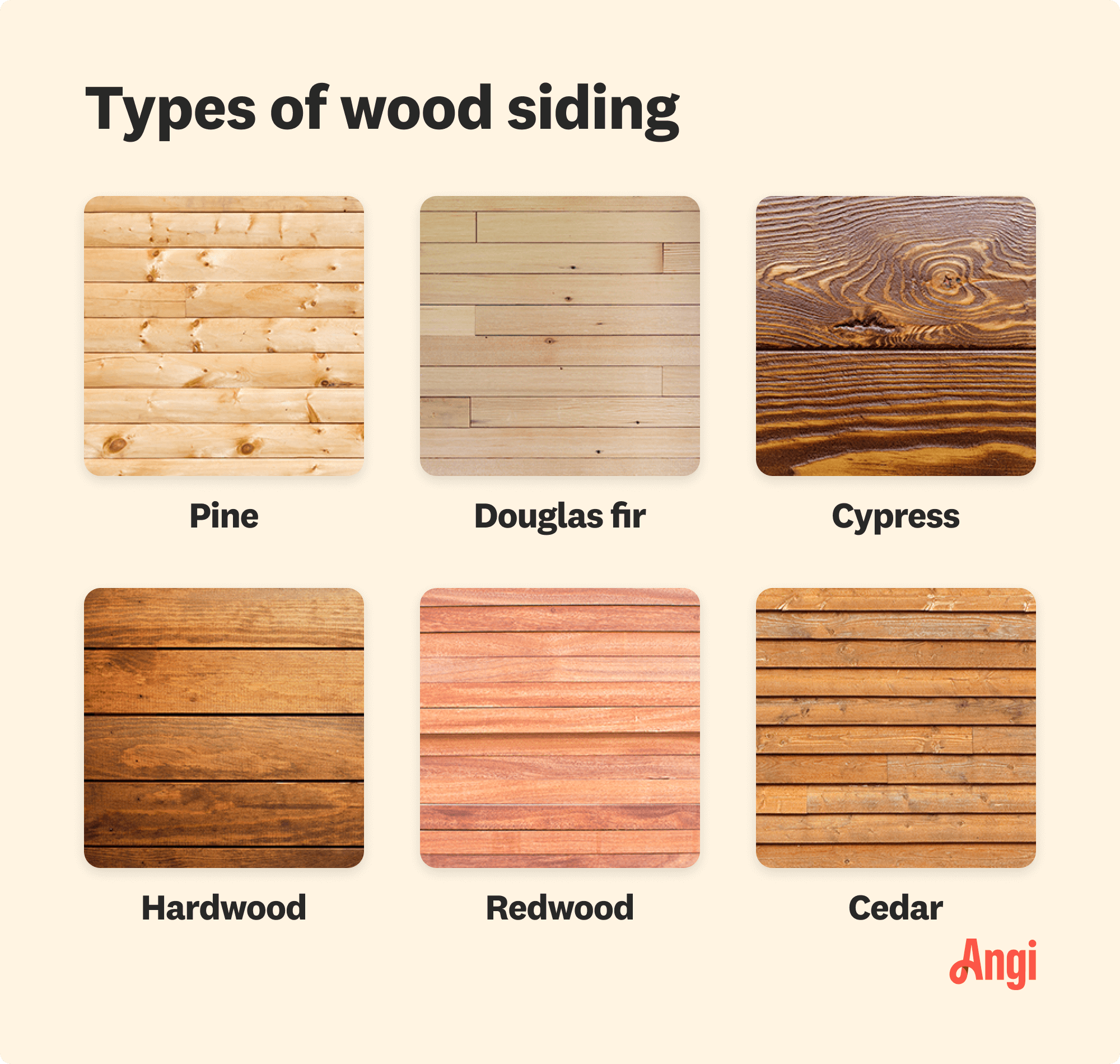
Wood Siding Types
Now that you’re familiar with the three types of wood siding material, let’s explore different wood siding styles.
1. Clapboard Siding

Clapboard is the most common type of siding—whether you’re reaching for wood or vinyl. This siding consists of long, tapered planks. These planks are installed horizontally in an overlapping pattern known as a lap. Compared to other types of siding, a benefit of clapboard siding is that it’s simple to install. It also naturally sheds rainwater, though all natural woods are susceptible to moisture damage.
Pros:
Simple installation
Water-resistant
Suitable for almost any type of home
Won’t go out of style
Cons:
Standard look without much character
Vulnerable to insects
2. Shakes Siding

Shakes are often mistaken for shingles because they look similar—but rest assured, there is a difference. Like shingles, this type of wood siding is made from small, rectangular pieces of wood (typically cedar) and installed in overlapping layers (the technical term is “lapping”). Unlike shingles, shakes don’t have a uniform thickness or width, which gives them a rustic look.
Pros:
Rustic aesthetic
Eye-catching texture
Cons:
Susceptible to trapped moisture
Cedar shake can be a fire hazard
Natural wood types are expensive
3. Shingles Siding
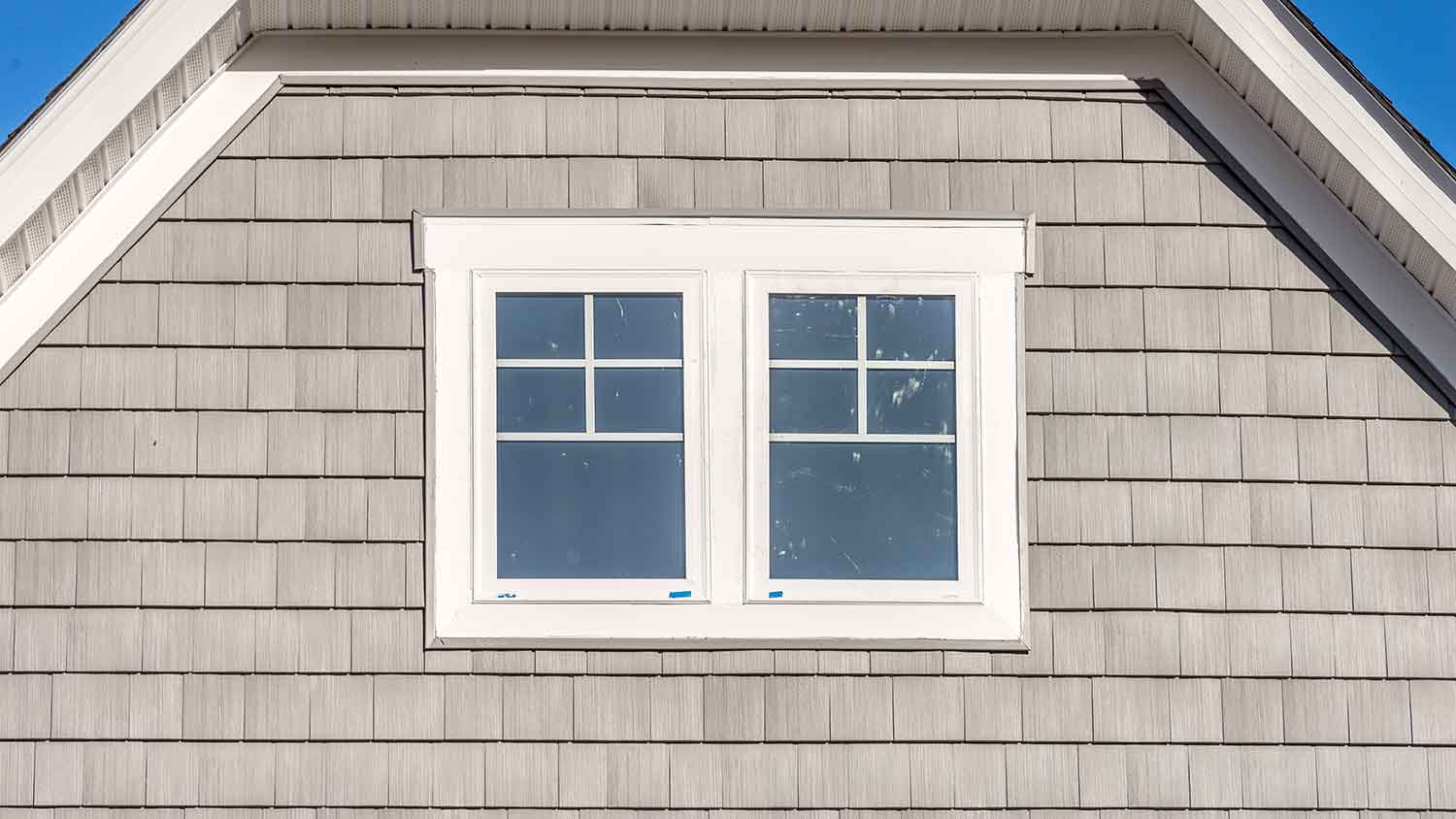
Shingles have the same type of lapping as shakes, but a totally different look. They’re cleaner and more refined. These small, rectangular pieces of wood are uniform in size and have smooth edges. Though wood shingles cost more than other shingle styles, a damaged shingle is simple to swap out.
Pros:
Classic, clean look
Simple to repair or replace
Easy installation for local siding pros
Cons:
Susceptible to damage
Vulnerable to insects
More expensive than other shingles
4. Board and Batten Siding
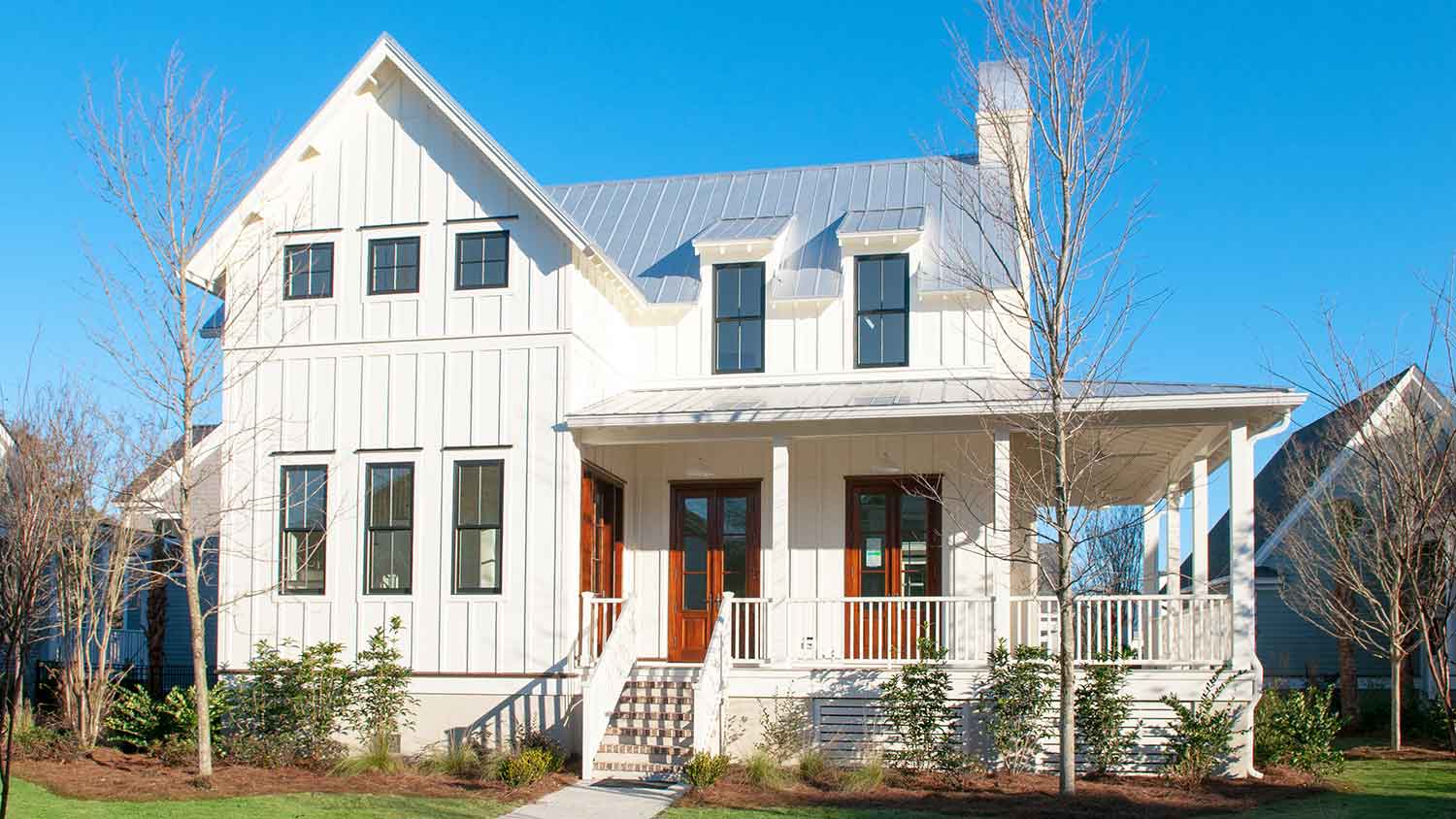
Board and batten siding is made up of thin strips of wood molding (known as “battens”) that are nailed vertically into place across a wooden board. This gives a distinctive, barn-like look—though it’s become increasingly popular among homeowners with modern and contemporary style homes.
While the cost of board and batten is similar to other types of siding, installation can drive up costs. To keep it budget-friendly, go for fiber cement that’s already molded into a board and batten shape.
Pros:
Distinctive look
Durable in extreme weather
Cons:
Time-consuming installation
Susceptible to warping
Trendy aesthetic that may become outdated
5. Tongue and Groove Siding

The hallmarks of tongue and groove siding are (you guessed it!) the tongues and grooves. Each piece of siding has a groove on one end and a tongue on the other. When they’re put together, it creates one of the strongest woodworking joints possible. Overall, tongue and groove siding has a smooth look (akin to hardwood floor) and you can arrange them horizontally, vertically, or diagonally.
Pros:
Strong, stable joint
Vertical, horizontal, or diagonal orientation
Relatively simple installation
Cons:
Difficult to repair individual joints
Not very customizable
6. Shiplap Siding
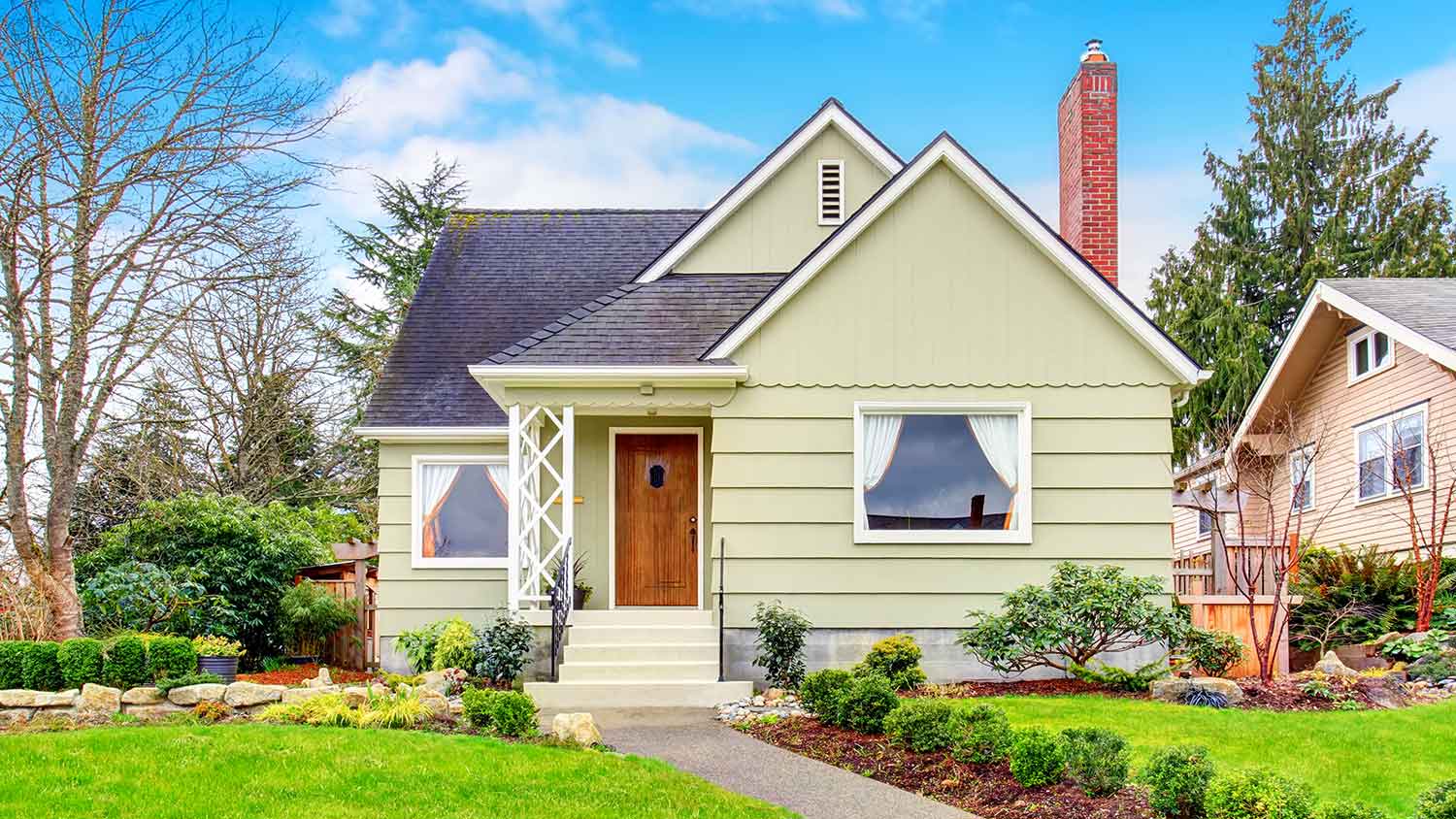
Shiplap siding is named after the horizontal planks originally used on old boats—though you may also find it installed vertically on a home. Each board has a groove cut into the top and bottom, so the joints fit snugly together. When properly installed, it’s an effective barrier against wind and rain, which makes it an ideal choice for exterior siding.
Pros:
Simple installation
Budget-friendly
Distinctive look
Effective against wind and rain
Cons:
Farmhouse aesthetic that won’t work with all homes
Grooves can attract dust and grime
Grooves make panting slightly more difficult
7. Split Logs Siding
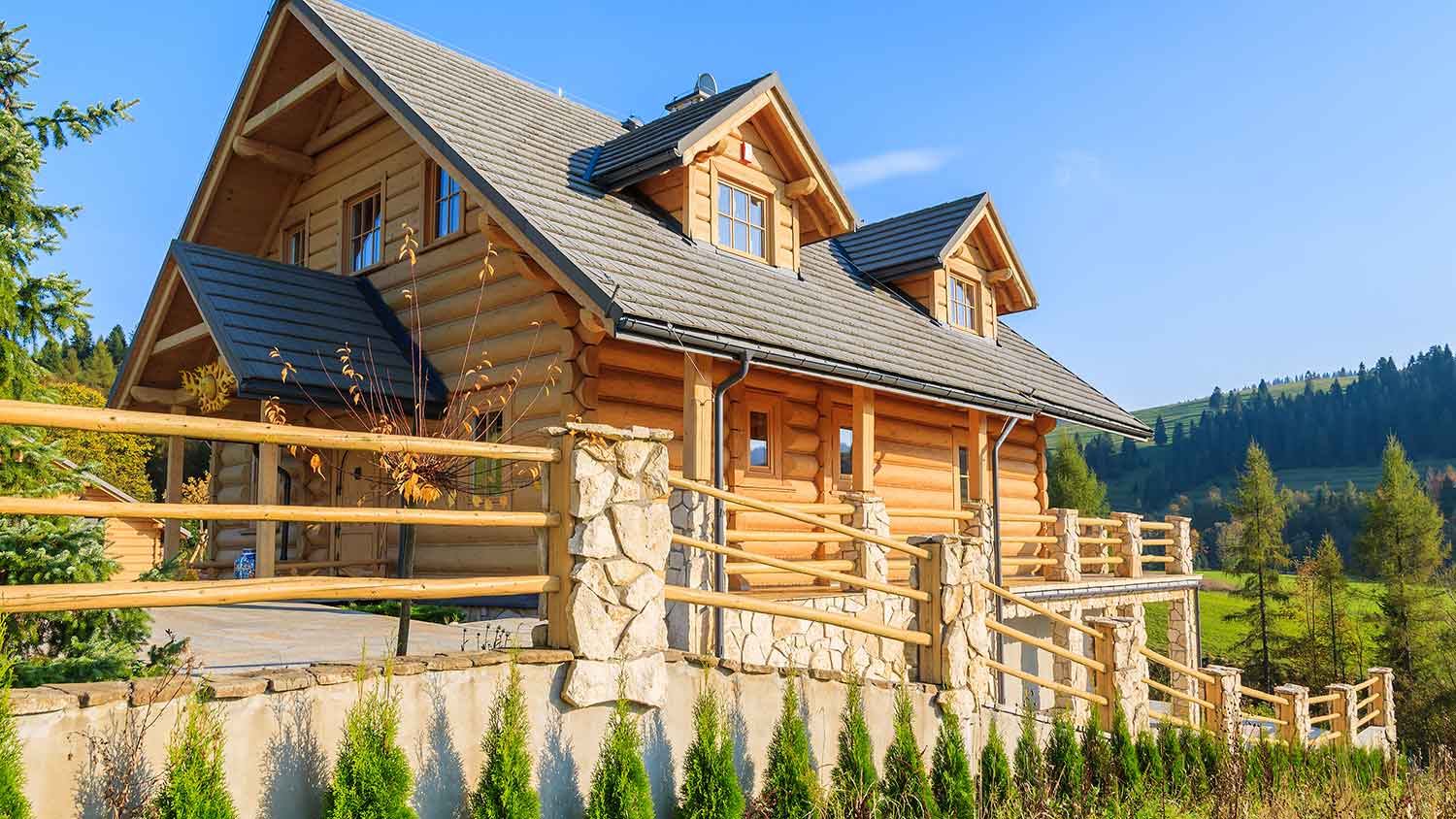
When you think of a log cabin, you’re probably thinking of split log (or “half log”) siding. This type of wood siding is made from actual slices of logs—and they retain the log’s rounded edge. As a result, you get the look of a full log but the benefits of modern construction. Typically, split log siding is made from hardwoods like oak, cypress, or cedar, though concrete log siding is rising in popularity.
Pros:
Traditional log cabin look
More affordable than full logs
Easier to install than full logs
Cons:
Not practical for most homes
Difficult to maintain
Susceptible to moisture
8. Drop Channel Siding
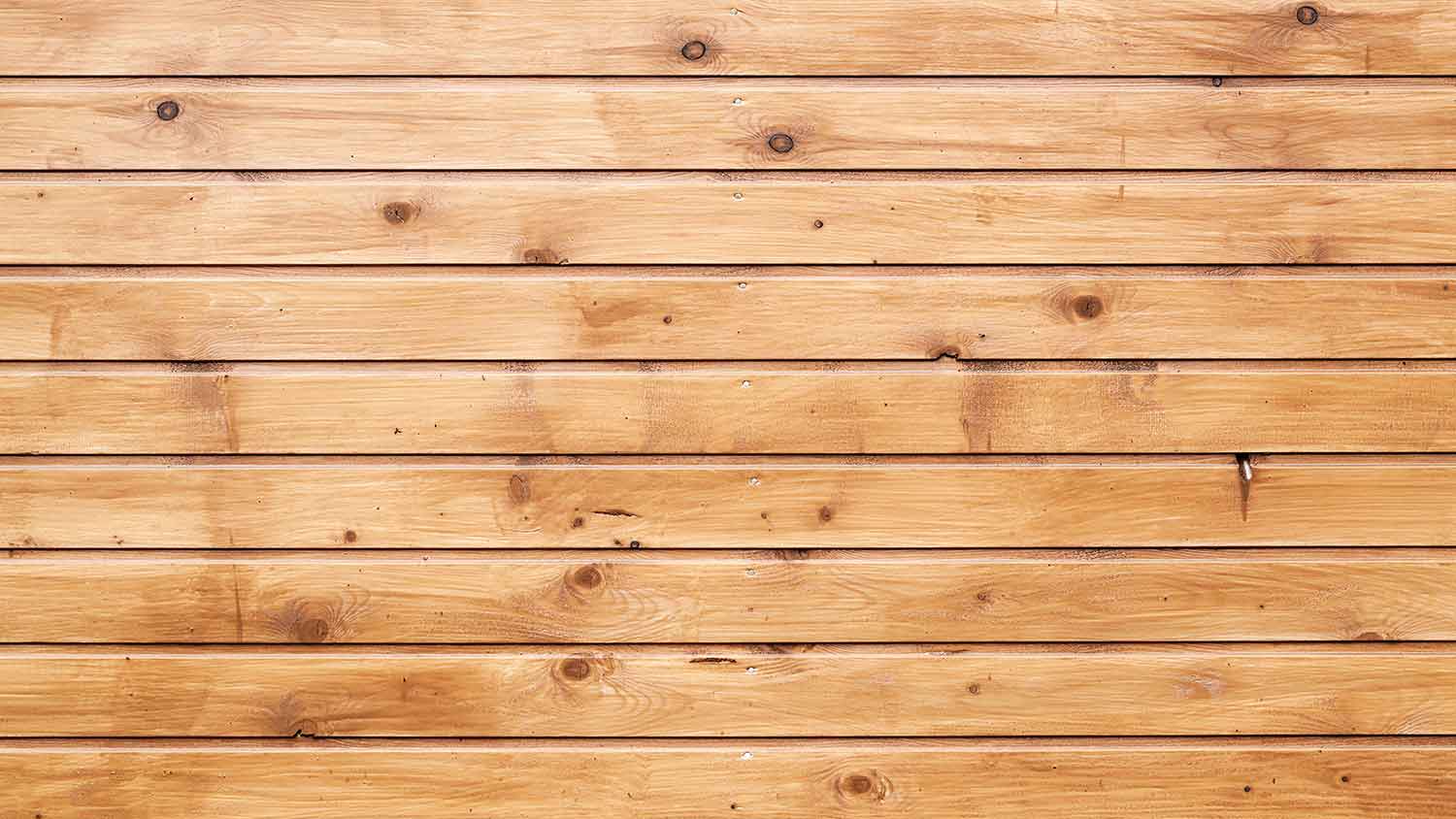
Drop channel is a popular rustic style, typically featuring rough edges and a more hand-made feel. Channel siding features a cut-in groove allowing a snug installation that prevents water and moisture build-up. It looks similar to shiplap, except it features a “shadow gap” between boards for a more multi-dimensional look and feel.
Pros:
Installation provides a water-tight seal
Expands and contracts easily
Can be installed vertically, horizontally, or diagonally
Cons:
Very specific rustic aesthetic
Decent maintenance requirements
9. Panels Siding
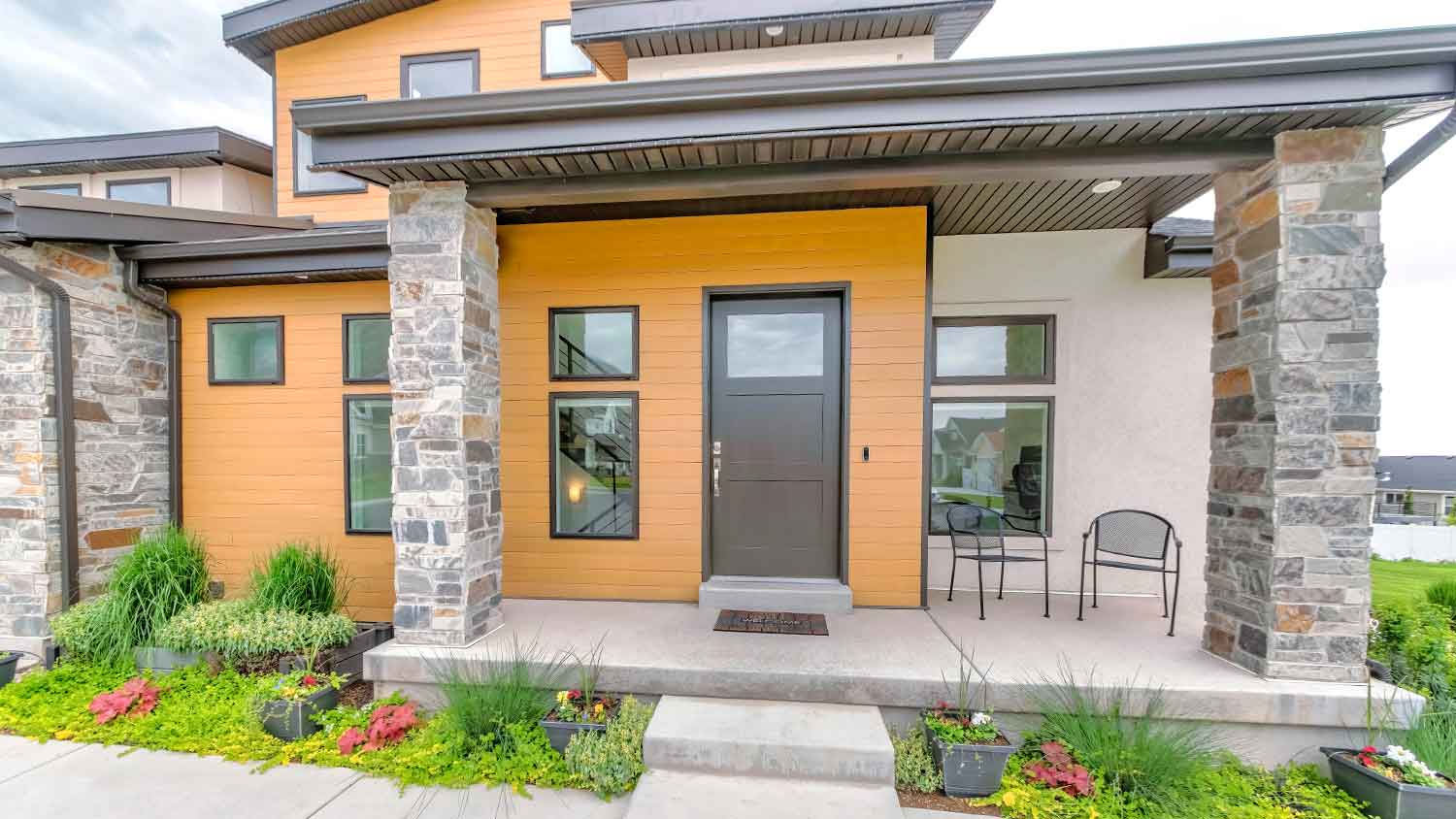
As the name suggests, panel siding is simply multiple pieces of wood put together into a larger panel for installation. Panel siding can mimic the look of a few of the wood siding types above, like shiplap or clapboard, but instead of piecing materials together one by one, they are installed in large sheets. This makes installation a breeze but can cheapen a home's overall look and feel.
Pros:
Efficient installation
More affordable
Cons:
Cheaper appearance
Fewer customization options
Common Wood Siding Materials
Like any other type of house siding, wood siding is an exterior building material. The main purpose is to protect your home from the elements, but for many homeowners, the draw is the aesthetic. There’s a range of styles that lend themselves to different looks. You might choose split-log siding to evoke the feeling of log cabin living or shiplap for a home that oozes rustic farmhouse charm.
Either way, wood siding is made—at least partially—out of wood. There are three common wood siding materials: wood fiber cement, engineered wood, and natural wood.
Wood Fiber Cement
This type of wood siding is made with cellulose fibers from natural wood that are mixed with Portland cement, sand, and water. During the manufacturing process, fiber cement siding is molded to mimic natural wood. It doesn’t always achieve a natural look, but it’s more fire-resistant, insect-resistant, and durable than natural wood.
Pros:
Enhanced durability
Less pest-related issues
More fire resistant than traditional wood
Cons:
More expensive
Doesn’t look like natural wood
Prone to cracking
Engineered Wood
Engineered wood siding is a type of wood composite. To make this material, natural wood fibers are coated with a resin and binder, then compressed. In turn, you get a highly durable siding that’s lighter and less expensive than natural wood. This option is often used as a budget-friendly alternative, though it will need a coat of paint.
Pros:
More moisture resistant than wood
Durable and sustainable
Lightweight and natural appearance
Cons:
Doesn’t last as long as solid wood
More susceptible to pests
Susceptible to splitting, warping, fading
Natural Wood
Natural wood siding is exactly what it sounds like: 100% wood, taken right from a tree. Pine and cedar are the most popular varieties, but you can also find redwood, cypress, spruce, and fir siding. Natural wood siding is often stained to show off the wood’s unique grain, though some homeowners do paint it. This is considered a high-end product, but it’s higher maintenance than its manufactured counterparts.
Pros:
High-quality, natural material
Wide variety of plank styles and sizes
Sustainable and biodegradable
Cons:
Susceptible to water damage and termites
Complex installation
High maintenance
Who Do You Contact to Install New Wood Sidings?
If you decide to go with one of these wood siding types, your next step is to hire a siding contractor near you. They’ll be able to help you compare your options, understand your maintenance requirements, and schedule the project within your timeframe.
Whether you need to repair your siding or replace it altogether, they can help come up with a plan that fits your needs and budget. Wood siding repair costs typically fall between $4 to $13 per square foot. New wood siding costs between $7,000 and $23,000 based on the type of wood and installation requirements.
And even if you’re set on wood siding, they may help you compare your other options, like stone or vinyl. There are many types of vinyl siding that mimic the look of wood without the headaches of pests, fire, or maintenance. Either way, reaching out to a contractor is the right place to start when you need new siding.





- What’s the Difference Between Composite and Engineered Wood Siding?
- The Pros and Cons of Different House Siding
- Wood Siding Repair: A Homeowner’s Complete Guide
- Wood Siding vs. Vinyl Siding: Pros, Cons, and Costs
- 6 Cabin Siding Ideas to Withstand Harsh Weather
- 12 House Siding Options to Boost Curb Appeal
- Fiber Cement Siding vs. Vinyl Siding: What's The Better Choice?
- Types of Cement Siding to Consider for Your Home
- 10 Signs of Siding Problems
- Fiber Cement Siding vs. Brick Siding: Comparing the Cost, Durability, and More










